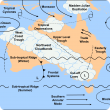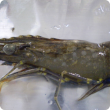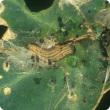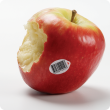Filter by regions:
- (-) Remove South West filter South West
- (-) Remove Wheatbelt filter Wheatbelt
- Great Southern (205) Apply Great Southern filter
- Mid West (195) Apply Mid West filter
- Goldfields-Esperance (184) Apply Goldfields-Esperance filter
- Peel (182) Apply Peel filter
- Perth regions (157) Apply Perth regions filter
- Gascoyne (143) Apply Gascoyne filter
- Pilbara (128) Apply Pilbara filter
- Kimberley (124) Apply Kimberley filter








